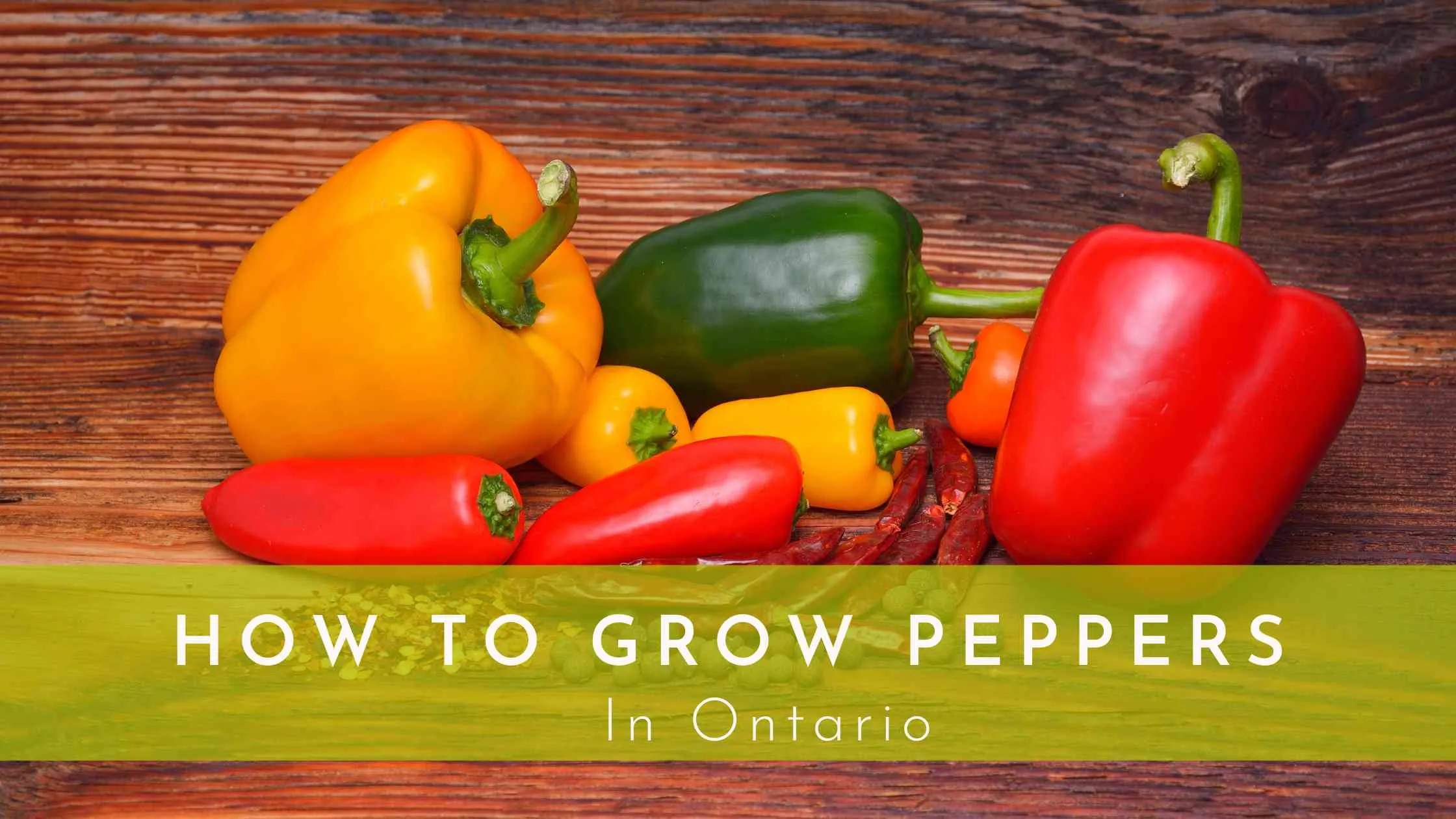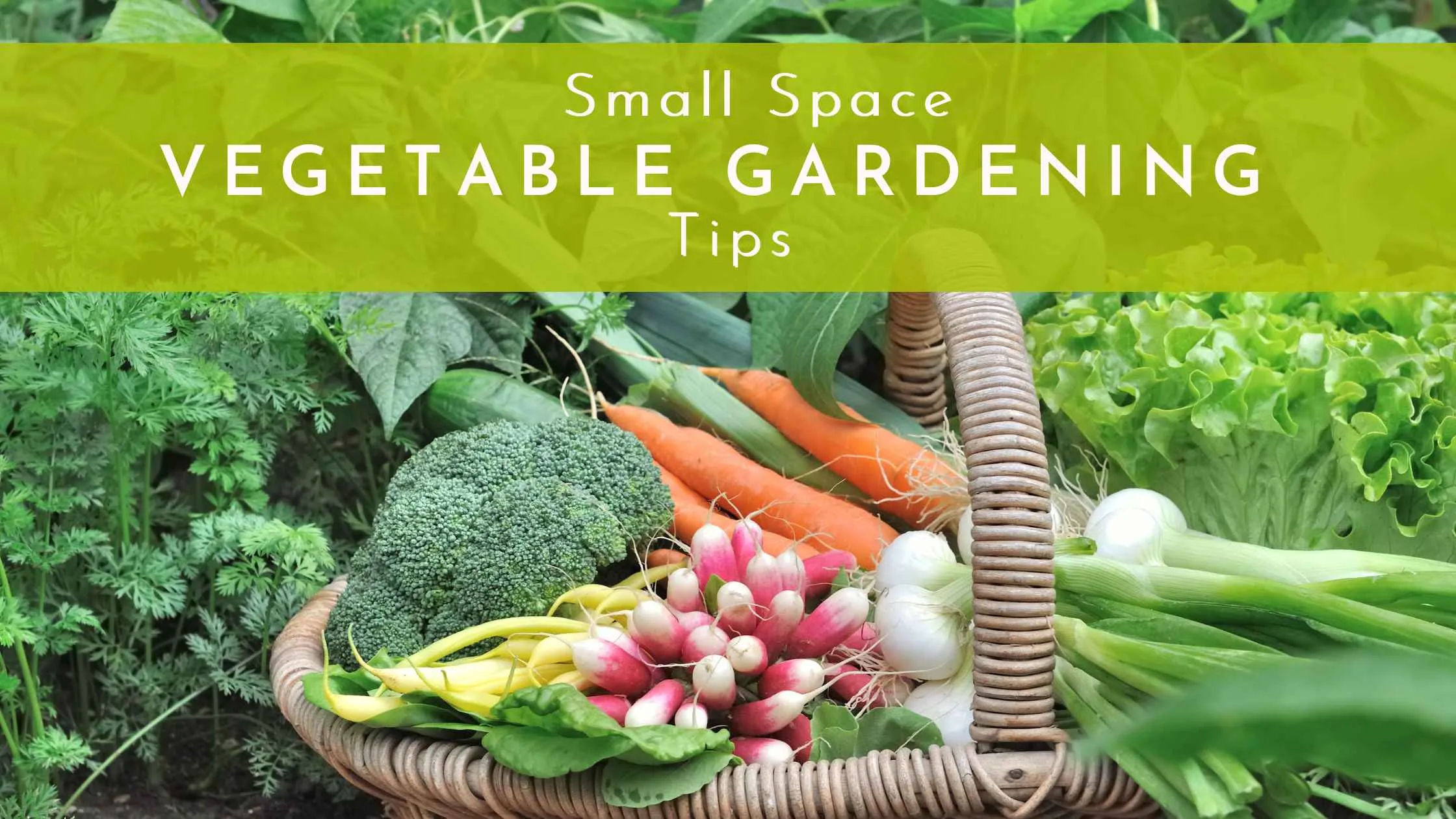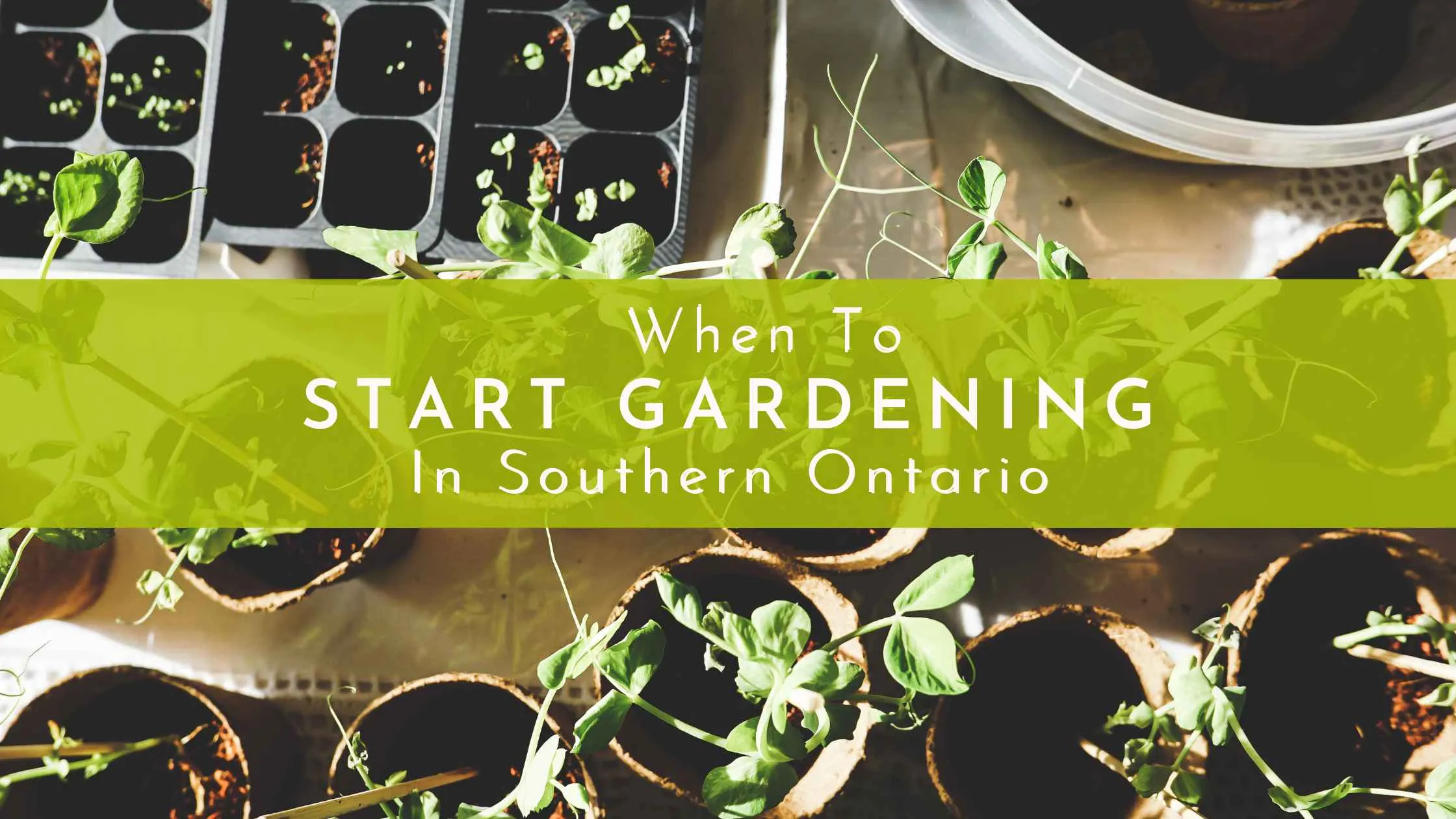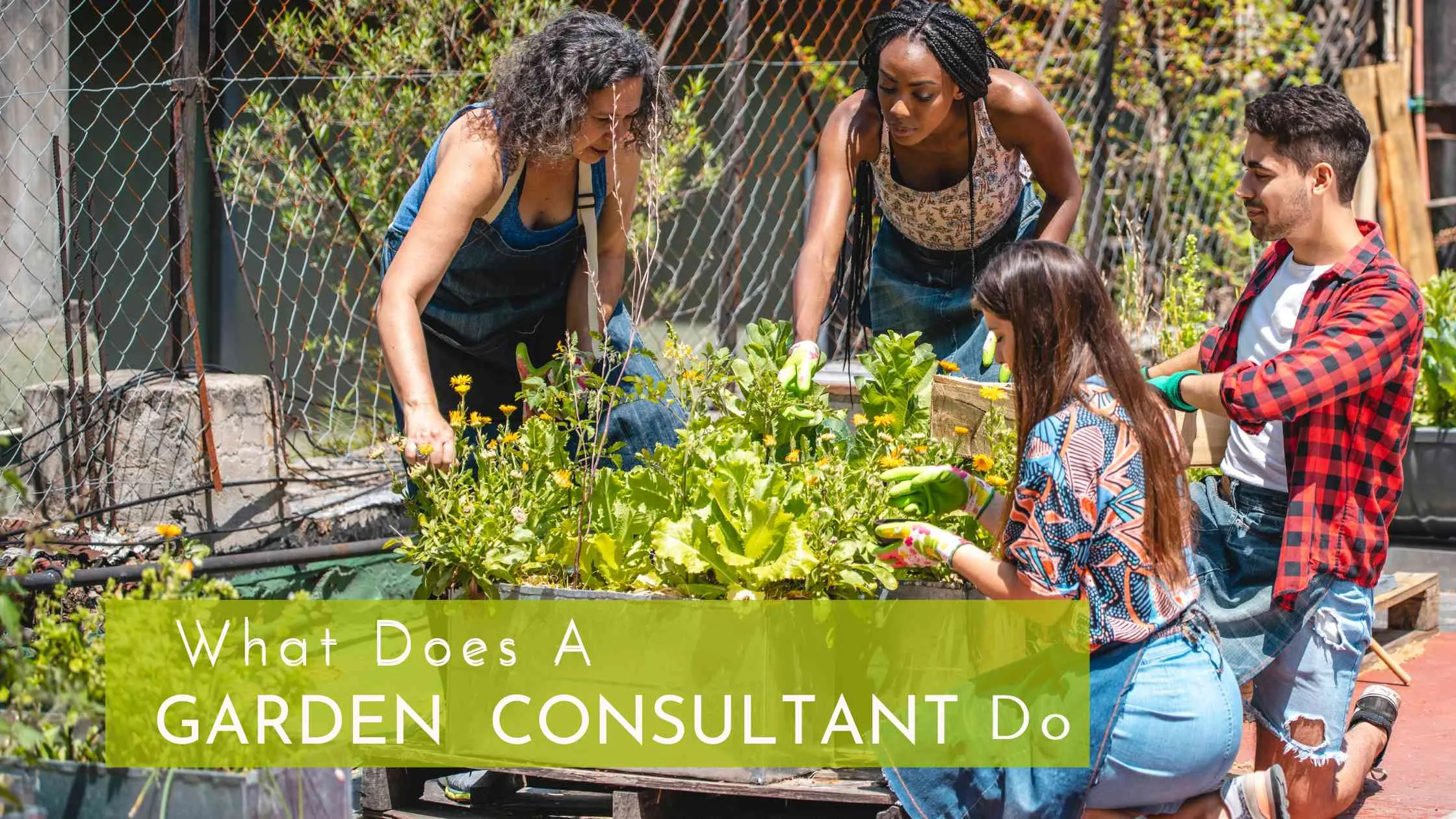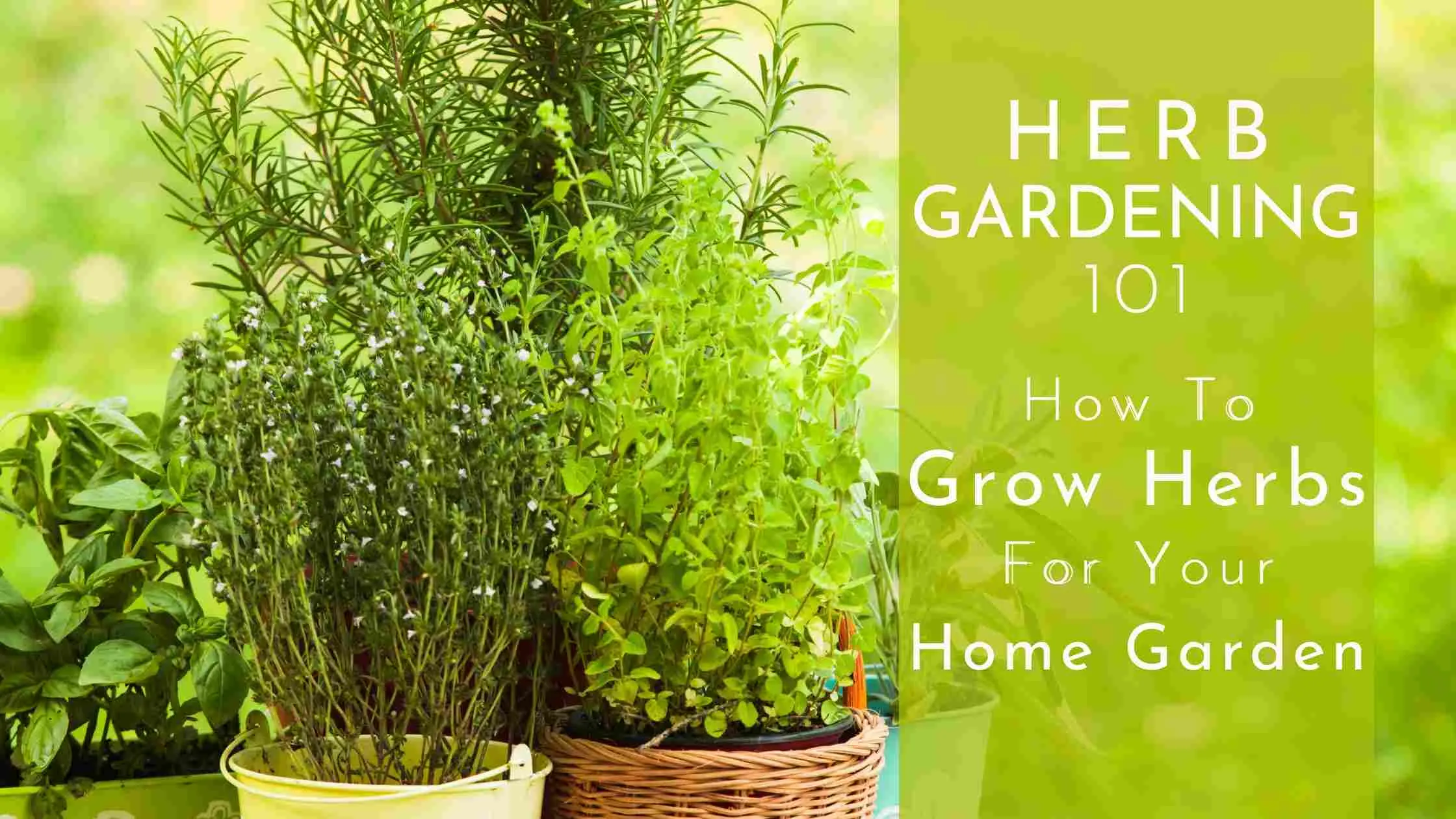Small Space, Big Impact: Unlocking the Potential of Urban Gardening
Urban gardening, also known as urban farming or urban agriculture, is an innovative approach to growing food and ornamental plants in densely populated city environments.
As cities continue to expand, the demand for fresh, local produce increases while the availability of arable land decreases.
Urban gardening presents a sustainable solution to this challenge by utilizing small spaces, such as balconies, rooftops, and tiny yards, for cultivation. This concept is closely related to small-space gardening, which involves maximizing limited spaces to grow plants in urban and suburban settings.
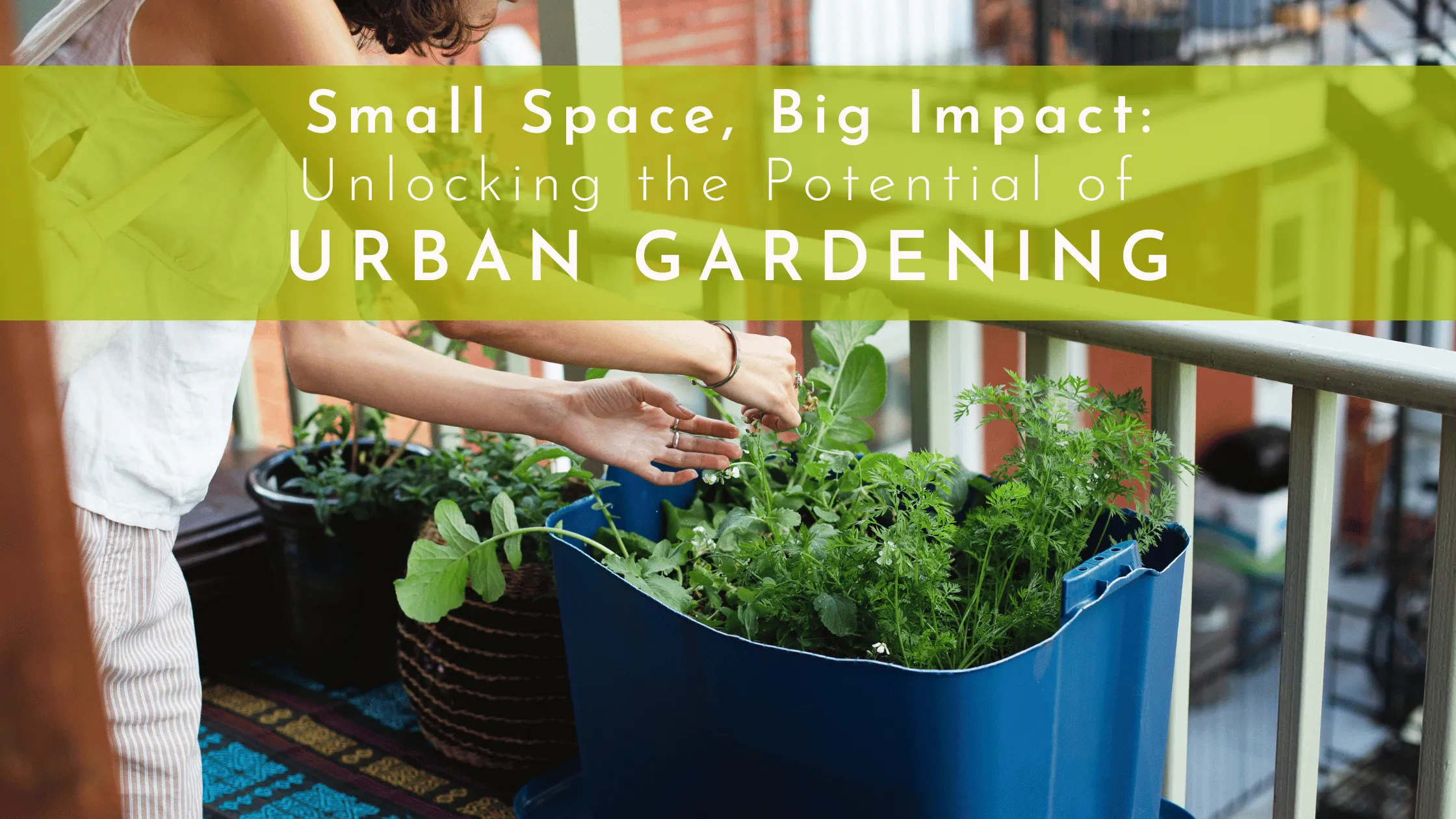
The Rise of Urban Gardening
Urban gardening has gained popularity over the years due to its numerous benefits. The concept of growing food in the city is not new; however, modern urban gardening has evolved to encompass innovative techniques and creative solutions that make it accessible to everyone, regardless of space constraints.
Some factors contributing to the rise of urban gardening include:
- Food security concerns: With the world's population growing rapidly, there is an increasing need to ensure that everyone has access to fresh, healthy food. Urban gardening allows city dwellers to grow their own produce, thereby improving food security and reducing reliance on imported goods.
- Environmental awareness: Climate change and environmental degradation have become pressing concerns. Urban gardening can help mitigate these issues by promoting sustainable practices, reducing the carbon footprint of food transportation, and increasing green spaces within cities.
- Health and wellness: Growing your own food encourages healthier eating habits and provides an opportunity for physical activity, both of which contribute to overall well-being.
- Community building: Urban gardens can act as social hubs, fostering relationships between neighbors, and promoting a sense of community.
Types of Urban Gardening
There are various ways to incorporate urban gardening into small spaces, each with its own unique set of advantages:
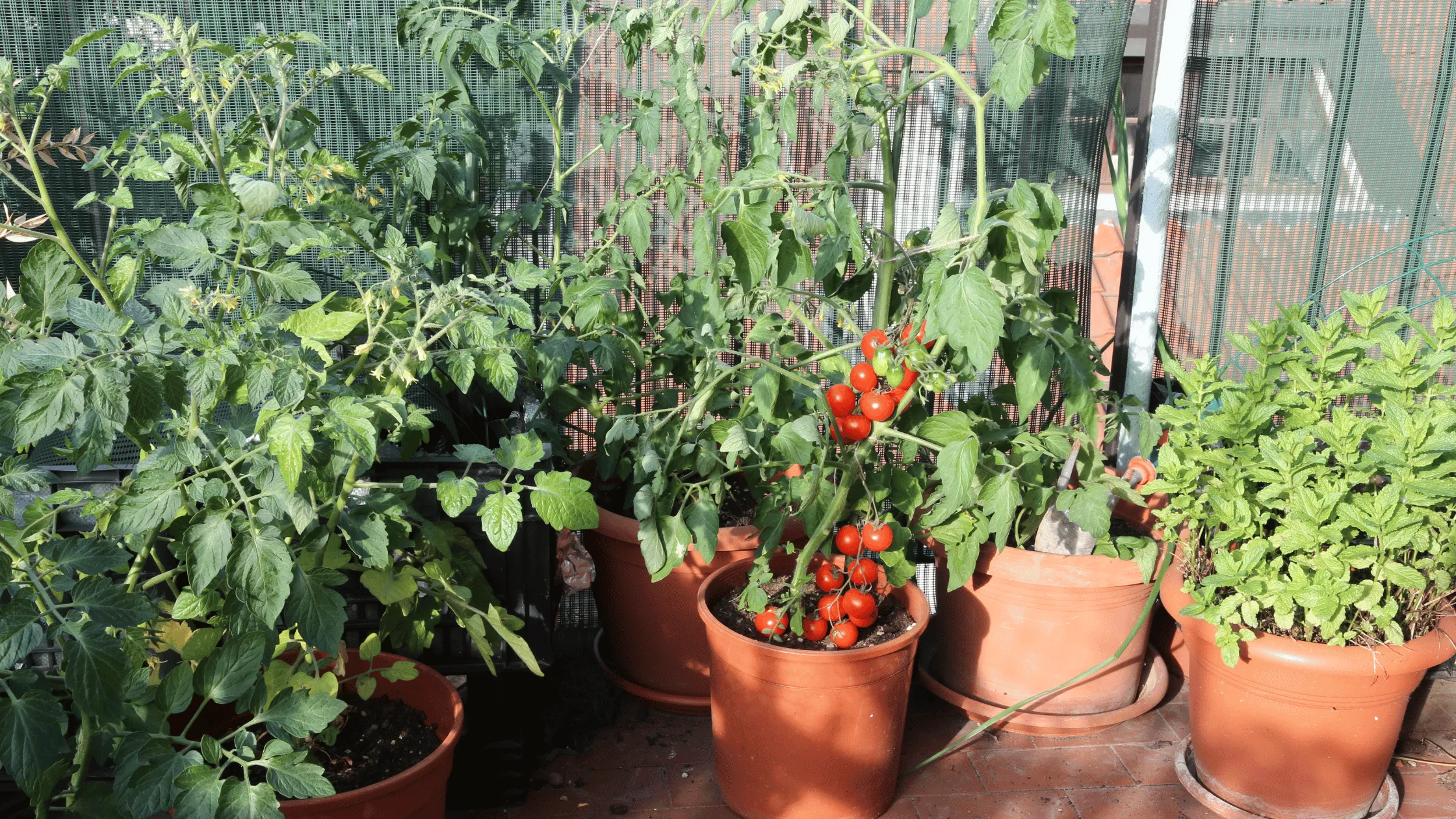
- Container gardening: This method involves growing plants in containers such as pots, window boxes, or even repurposed items like old bathtubs and crates. Container gardening is highly adaptable, allowing individuals to grow plants in limited spaces like balconies, patios, and windowsills. Containers can also be moved around to optimize sunlight exposure or protect plants from harsh weather.
- Vertical gardening: This technique maximizes space by growing plants vertically using trellises, walls, hanging baskets, or custom-built structures. Vertical gardening is ideal for small yards, balconies, and rooftop gardens where horizontal space is limited. It can also improve air circulation, reduce pest infestations, and create an attractive green wall or privacy screen.
- Raised bed gardening: Raised beds are garden structures that elevate the soil above ground level, allowing for better drainage, aeration, and easier access for planting and maintenance. Raised bed gardens are particularly suited for urban environments where soil quality is often poor or contaminated, as they can be filled with clean, nutrient-rich soil. These beds can be constructed from wood, stone, or metal, and can be customized to fit small spaces such as yards, terraces, or even rooftops.
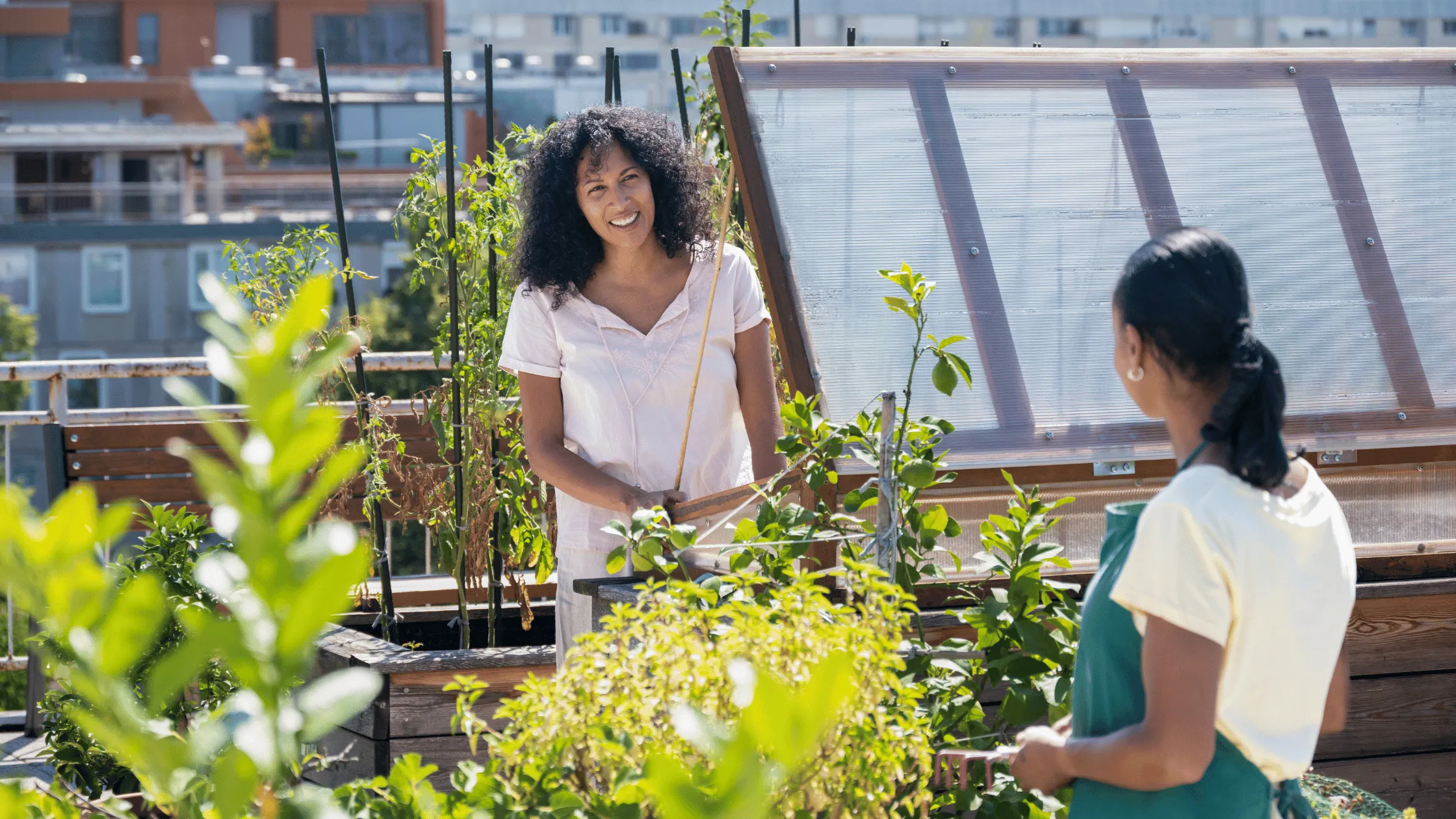
- Rooftop gardening: Utilizing flat rooftops for gardening is an innovative way to increase green space in densely populated areas. Rooftop gardens can help insulate buildings, reduce the urban heat island effect, and provide habitat for wildlife. However, it's essential to consider the structural integrity and weight capacity of the building before installing a rooftop garden.
- Community gardens: These are shared green spaces where people come together to grow fruits, vegetables, and ornamental plants. Community gardens can be found on vacant lots, public parks, and even rooftops. They provide an opportunity for individuals who may not have access to private gardening space to participate in urban gardening while fostering social connections and a sense of community.
- Guerrilla gardening: This unconventional approach involves planting in public spaces without official permission, often with the goal of beautifying neglected areas and raising awareness about environmental and food security issues. Guerrilla gardeners may plant flowers, herbs, or vegetables in vacant lots, traffic islands, or even potholes, using gardening as a form of activism.
Getting Started with Urban Gardening
- Assess your space: Take a good look at the available space you have, considering factors such as sunlight exposure, access to water, and existing structures that could be used for gardening.
- Choose suitable plants: Pick plants that are suitable for your specific growing conditions, taking into account sunlight, climate, and available space. Opt for compact or dwarf varieties if space is limited, and consider plants with multiple functions, such as edible flowers or herbs with medicinal properties.
- Invest in quality soil and containers: Good-quality soil is crucial for successful urban gardening, especially if the native soil is contaminated or of poor quality. Consider using a high-quality potting mix for container gardening or filling raised beds with nutrient-rich soil. Select containers that are durable and appropriately sized for your chosen plants, ensuring they have adequate drainage.
- Start small and simple: If you're new to urban gardening, begin with a few easy-to-grow plants, such as herbs, leafy greens, or compact fruit and vegetable varieties. This will allow you to gain experience and confidence before taking on more complex projects.
- Learn from others: Work with a local garden coach who will help you through the creation and maintenance of your urban kitchen garden. You can also join local gardening groups or online forums to connect with other urban gardeners, share tips and advice, and learn from their experiences. Many cities also offer workshops and courses on urban gardening that can provide valuable knowledge and resources.
- Be mindful of local regulations: Familiarize yourself with any city ordinances or building codes that may impact your urban gardening plans, such as restrictions on rooftop gardens or the use of certain materials in garden construction.
- Practice sustainable gardening: Adopt eco-friendly practices like composting, rainwater harvesting, and using organic pest control methods to minimize your garden's environmental impact.
Urban gardening is a versatile and accessible way to bring nature into city environments, promote sustainable living, and create resilient communities. By creatively using small spaces and implementing innovative techniques, urban dwellers can enjoy the benefits of growing their own food, improving their well-being, and contributing to a greener future. Whether you have a tiny balcony, a rooftop, or access to a community garden, there are countless opportunities to transform your urban space into a thriving, productive garden.

